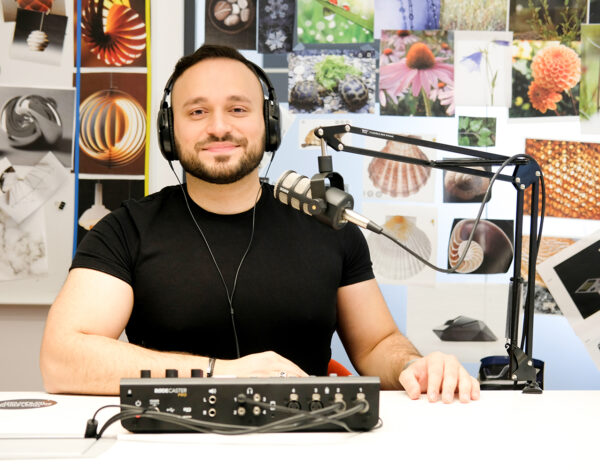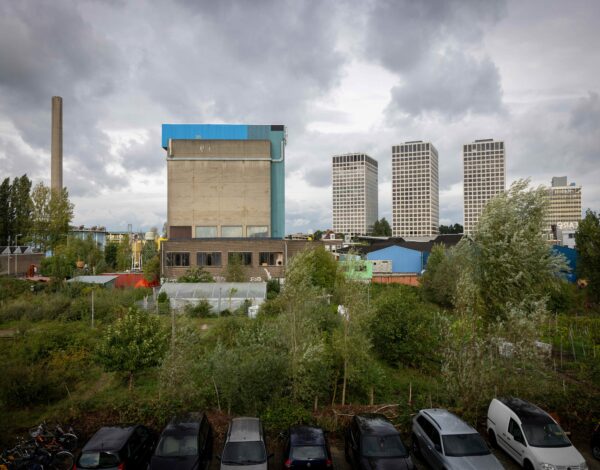Tell us a little bit about yourself? (person, career journey…)
I am 38 years old and grew up in a small rural community in central Switzerland. To use a cliché: the single-family house district was right next to a cow pasture. I moved to Basel for my studies, where I completed a master’s degree in Environmental Geoscience, including a research internship in Reno, Nevada. My first job after graduation was in nuclear power plant planning, but this had no future in Switzerland after the accident in Fukushima. Luck in disguise: That’s how I came to the city of Lucerne, where I’ve been lucky enough to be able to help shape the city for a little over 10 years. I started with traffic planning and have been in charge of the planning and execution of civil engineering projects for four years now. In addition to the traffic infrastructure and squares, we also plan and implement engineering structures and utility lines.
Can you name a moment when you became interested in public space?
Cities have fascinated me since I started traveling when I was about 18. How cities “live”, feel or what the “vibe” is like. However, I only developed a conscious reference to the term “public space” when I was working for the city of Lucerne. The argument was all the more intense for that. Infrastructure projects have a major impact on public spaces and, above all, affect a large number of people.
What is your favorite city/public space and why, what can we learn from it?
I’ll bring you an example from Lucerne: The so-called “Inseli” is a small park next to the train station right on the lake. In summer there are two temporary summer bars with no obligation to consume. The place is very nice and spacious, but it is actually not enough: An easily accessible free area that allows at least a few people to linger and meet, seating (e.g. furniture, stairs, small wall, lawn) and a setting, where everyone feels comfortable and safe.
How do you think placemaking/tactical urbanism can best contribute to urban development?
I see two main areas in direct connection with my work.
1.
Tapping into unused potential temporarily: It can take a long time to be implemented, especially in the case of infrastructure projects. However, this also gives rise to opportunities to temporarily tap the unused potential at an early stage. An example from Lucerne that I really like is the private initiative of 5uf2 collective on Bahnhofstrasse in Lucerne.
2.
Try it out and act as an “ice breaker”: Public space is heavily occupied by regulations and a multitude of interests. That inhibits change. Placemaking is flexible and can easily be returned or changed. That also means it’s easier to try something out, be brave and eventually find out: great, it works!
Dream big! What does an ideal future city look and feel like and what should your city learn from it?
A big and complex question. I try to answer with three wishes to the universe:
In the future, I would like to see mixed cities as a place to live and stay, in which all population groups find space and, above all, feel comfortable.
I would like cities to focus on sustainability and sustainable mobility.
And as a last wish to the universe, I wish for cities to see themselves as a community, where various actors engage in an appreciative dialogue and seek solutions in the spirit of partnership in a common, livable city.
The many and sometimes divergent individual interests often stand in the way of community-oriented solutions. Dialogue and the involvement of all stakeholders is likely to be all the more important now and in the future. But this requires common goals and the will to approach each other.
Do you see potential in solutions like Parky for planning urban environments?
Absolutely. Solutions like Parkly have real potential. I especially like the modularity and the flexibility as well as the simple but high-quality design. Such solutions are more than just furniture, they carry the placemaking identity deep within them. An ideal tool for trying out and developing public spaces actively and boldly together with the population.


